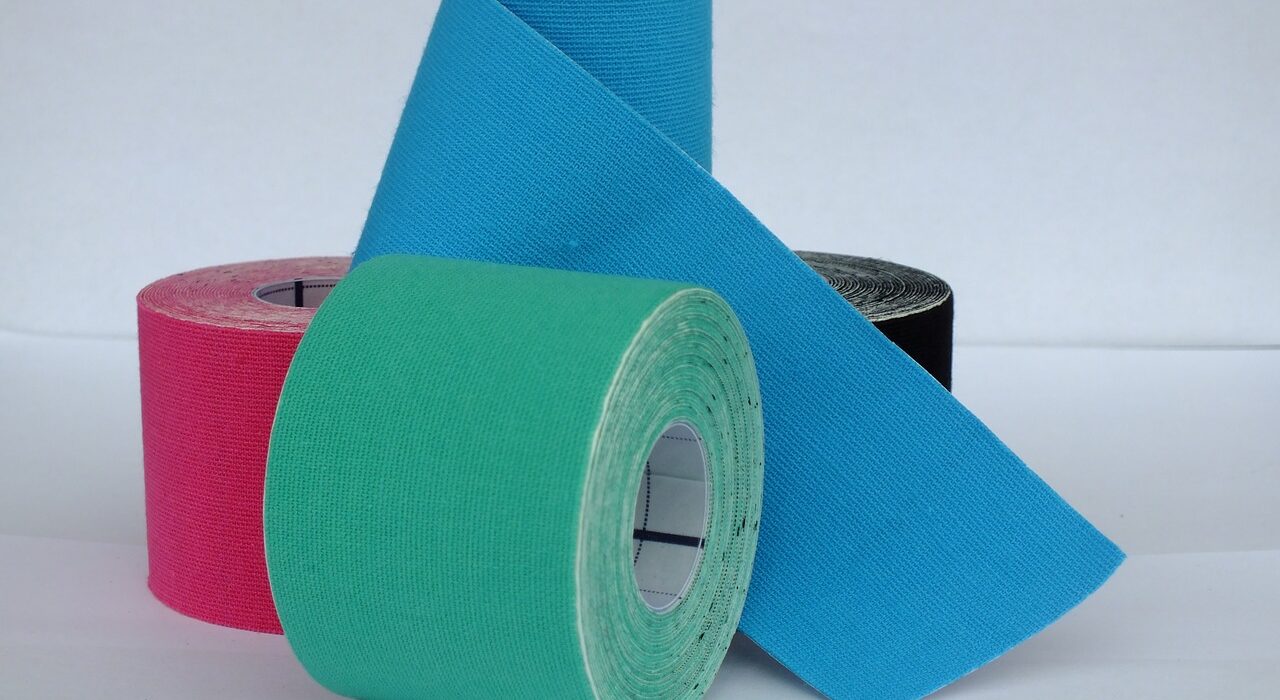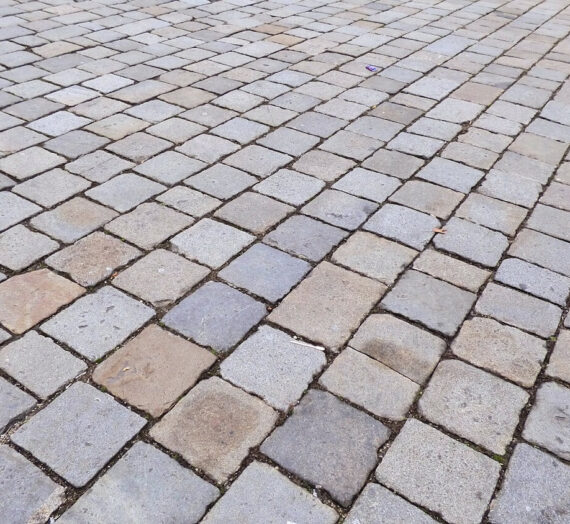Rehabilitation is a process aimed at improving both fitness and physical fitness. It applies to sick people, as well as patients after operations or injuries or procedures. Rehabilitation exercises can be performed at home, under the careful supervision of a good physiotherapist and in hospital conditions.
What does the word rehabilitation mean?
It is a form of comprehensive care, addressed to people with physical and mental disabilities. Its overriding goal is the complete or at least partial restoration of mental and physical fitness. Various types of rehabilitation are available , addressed to patients with various problems. It is possible to specify e.g. rehabilitation after:
- stroke,
- heart attack,
- Limb fracture,
And:
- Rehabilitation for people who struggle with various diseases.
In addition, people suffering from post-traumatic problems can benefit from rehabilitation treatments. They are also often recommended to patients after fractures, so that they can quickly return to full fitness before the injury.
What types of rehabilitation can be distinguished?
The type of rehabilitation depends on the type of disease and its advancement. How can it be divided?
- First, home rehabilitation .
- Secondly, cardiac rehabilitation in the inpatient and outpatient settings.
- Thirdly – neurological rehabilitation in the conditions of an inpatient ward.
- Fourthly – systemic rehabilitation in the conditions of an inpatient ward.
- Fifth – pulmonary rehabilitation in the conditions of an inpatient ward.
- Sixth – specialist rehabilitation .
- Seventh – rehabilitation in outpatient conditions.
- Eighth – rehabilitation in the conditions of the day ward.
What kind of help can you count on in the rehabilitation outpatient clinic?
- Control rehabilitation advice. What is behind this name? First of all, a medical examination without any additional diagnostics, evaluation of test results, writing a prescription and possibly applications for orthopedic supplies, as well as issuing therapeutic recommendations.
- Specialist rehabilitation advice. This applies to patients whose disability does not allow them to personally reach the facilities where rehabilitation takes place . They can count on treatments that will be performed in their place of residence for a period of 3 to 10 weeks.
In the day ward or in special centres, patients have access to rehabilitation of the musculoskeletal system, including rehabilitation for orthopedic indications, i.e. post-traumatic or surgical procedures. In addition, these can also be rheumatological and other indications. Rehabilitation of the musculoskeletal system can last up to 6 weeks and include even several treatments a day.
People who require round-the-clock and professional care can count on the allocation of rehabilitation in the stationary ward. There are at least 5 treatments a day, 6 days a week, and the entire stay lasts from 3 to 6 weeks.
What is specialist rehabilitation?
This is the second, apart from the traditional, form of rehabilitation . It has been developed for people with special needs and serious medical conditions. It is used in patients after a stroke or in people after a heart attack. What types of rehabilitation does it include?
-
-
- Cardiac rehabilitation , which can be carried out in a stationary ward as well as in an outpatient setting. The National Health Fund finances this form of classes up to 30 days from the appearance of the injury. And also other diseases related to the cardiovascular system;
- Neurological rehabilitation used for neurosurgical, neurological, trauma-orthopedic, internal and after intensive care injuries. The exercises last from 3 to 6 weeks;
- Pulmonological rehabilitation aimed at curing or at least stopping the disease. In particular, it is to prevent the development of respiratory failure. Its duration is up to 3 weeks.
-
Specialist rehabilitation also requires:
-
-
- Children with craniofacial defects;
- Children with impaired psychomotor development;
- Post-mastectomy women;
- organs of speech and hearing;
- newborns and infants;
- Blind and visually impaired people;
- Hands.
-
The above-mentioned types of rehabilitation are available to patients who need professional help. First of all, those who cannot use it on an outpatient basis.
Physiotherapy and rehabilitation
Rehabilitation also includes physiotherapeutic treatments . What? These are among others:
-
- Hydrotherapy, i.e. treatment with the use of showers of ordinary, household water. This has a positive effect on the body;
- Iontophoresis, in which electrical stimuli are used for treatment. It is they that eliminate pain, stimulate the nerves, accelerate the metabolism process and reduce muscle tension;
- Kinesitherapy consisting in treatment with movement, also referred to as improving exercises or therapeutic gymnastics;
- Electromagnetic field treatment. It promotes metabolism, relaxes muscles, relieves pain;
- Massage stimulating metabolism and circulation, improving the functioning of muscles and joints.







